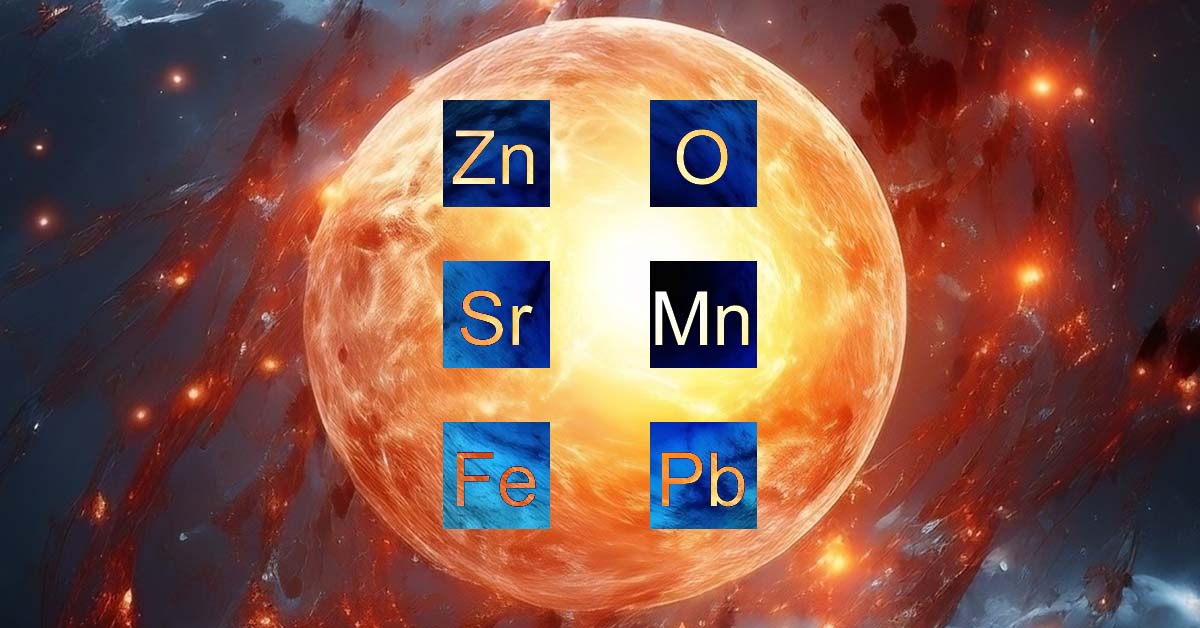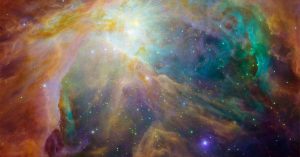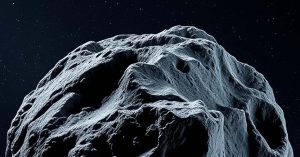J0931+0038 is not just any star; it is a mystery wrapped in cosmic dust, challenging our understanding of star formation, supernova explosions, and the processes that build elements within the universe. Discovered over two decades ago, this star lies in the galactic halo, far from the densely populated galactic disk. Unlike most stars, its elemental composition doesn’t fit within the known frameworks of stellar evolution, raising questions about the nature of its origin and the events that led to its formation.
A Tale of Cosmic Evolution
Star Formation and Elemental Enrichment
In the grand tapestry of cosmic evolution, stars play a pivotal role in enriching the universe with elements. Through nuclear fusion, they produce heavier elements and, upon death, disperse them through supernova explosions, contributing to the cosmic pool of elements that will fuel future star and planet formation. Our Sun, a population one star, formed from generations of this enriched material, as did the stars that populate the galactic disk.
The R Process and the Building of Elements
The production of elements beyond hydrogen and helium is largely driven by supernova explosions, specifically through a process known as the rapid neutron-capture process, or the R process. This process involves the rapid absorption of neutrons during the explosion, creating heavier elements like nickel, zinc, and even palladium. Through supernovae, the universe evolves, with each generation of stars containing higher metallicities than the last. However, J0931+0038’s composition presents a stark anomaly that defies our understanding of this evolutionary progression.
Anomalies in the Void: The Unique Composition of J0931+0038
A Star Beyond the Norm
Stars in the galactic halo are typically ancient, metal-poor, and relatively simple in their composition, reflecting an early stage of cosmic evolution. However, J0931+0038’s chemical profile is strikingly different. With unusually high abundances of iron, nickel, zinc, strontium, and palladium, J0931+0038’s composition resembles that of a much younger star, yet it exists in a region populated by ancient stars.
Elemental Oddities: Unprecedented Abundances
Of particular interest are the high levels of strontium and palladium in J0931+0038. These elements are usually rare in halo stars, which are generally deficient in heavy elements. The presence of these elements in J0931+0038 suggests an origin involving an unusual supernova or other exotic stellar process. Such a composition is highly anomalous and points toward a unique origin for this star—one that does not fit within established theories of stellar evolution and supernova nucleosynthesis.
Unraveling the Mystery: Advanced Observations
Spectroscopy and the Birth Cloud
To understand J0931+0038, astronomers have utilized advanced spectroscopic techniques, allowing for a detailed analysis of the star’s chemical composition. The spectral data indicate that J0931+0038 formed from a molecular cloud unlike any other known in our galaxy. The distinctive elemental makeup of this cloud points to an unusual supernova or even a previously unknown stellar event, challenging the foundational models of how stars form in the early universe.
Challenging Our Understanding of Star Formation
The molecular cloud that birthed J0931+0038 is suspected to have originated from a rare supernova event, possibly one involving a massive progenitor star. This finding raises fundamental questions about the role of massive stars in the early universe. If massive stars could explode and enrich surrounding gas clouds with heavy elements without collapsing into black holes, this would imply an entirely new pathway for element formation and distribution in the cosmos.
The Supernova Hypothesis: A New Class of Stellar Death
The Role of Massive Stars
Current theories suggest that stars approximately 80 times the mass of our Sun should collapse into black holes upon death, bypassing the supernova stage. However, the formation of J0931+0038 may indicate otherwise. This raises the possibility of a previously unrecognized type of supernova that allows such massive stars to explode, dispersing heavy elements into the surrounding environment.
A Supernova from an 80-Solar-Mass Star?
If J0931+0038 did indeed form from the remnants of an 80-solar-mass star, it defies our current understanding of stellar collapse. This star may represent a class of supernova that does not adhere to the black hole-collapse model, hinting at an alternative mechanism of stellar death for massive stars. Such a discovery has the potential to revolutionize the fields of stellar evolution and cosmic chemistry, suggesting that under certain conditions, even massive stars can leave behind material that forms new generations of stars.
Implications for Cosmic Understanding
Challenging the Black Hole Paradigm
J0931+0038 challenges the paradigm that stars above a certain mass threshold must collapse directly into black holes. This could mean that our understanding of black hole formation and stellar death is incomplete. If massive stars can end their lives in supernovae, dispersing elements instead of collapsing into black holes, then a significant re-evaluation of stellar evolution models is necessary.
Impacts on Galactic Evolution
The presence of heavy elements in the galactic halo suggests that early galaxies may have been more chemically diverse than previously thought. If stars like J0931+0038 are not unique, the halo regions of galaxies may contain far more complex histories of star formation and enrichment. This could change our understanding of how galaxies evolve and interact with their cosmic environments, ultimately influencing the large-scale structure of the universe.
The Future of Stellar Archaeology
Exploring Other Anomalous Stars
J0931+0038 is not the only star that challenges our models. Similar discoveries of metal-rich halo stars could uncover an entirely new class of stars, each with unique evolutionary histories. Future astronomical surveys and telescope missions will continue to search for these anomalies, mapping the chemical diversity of the galaxy’s halo to understand the complexities of early cosmic evolution.
Potential Breakthroughs in Stellar Physics
Understanding J0931+0038 and stars like it may lead to breakthroughs in stellar physics. With advanced telescopes and spectroscopic instruments, scientists can analyze these stars’ compositions with unprecedented precision. These technologies offer the possibility of confirming the existence of new types of supernovae and providing data to build revised models of stellar death and element creation.
Conclusion: A Cosmic Quest Continues
The discovery of J0931+0038 opens new doors in our quest to understand the universe. This star’s unique elemental composition, born from a process unknown in traditional stellar evolution models, suggests a new category of supernova events and challenges the idea that all massive stars must end their lives as black holes. As astronomers study more stars like J0931+0038, they gain insights into the universe’s earliest epochs, its structure, and the complex processes that shape it. The journey to uncover the secrets of the cosmos continues, driven by curiosity and the drive to explore the unknown.
Frequently Asked Questions (FAQs)
- Q1: What makes J0931+0038 unique compared to other stars?
- J0931+0038 is unique due to its unusual elemental composition, which includes high levels of iron, nickel, zinc, strontium, and palladium—elements rarely found in such abundance in similar stars within the galactic halo.
- Q2: How do stars like J0931+0038 challenge existing theories of stellar evolution?
- This star suggests that massive stars might end in supernova explosions, rather than collapsing into black holes as previously thought, challenging established theories of how massive stars die.
- Q3: What is the significance of strontium and palladium in J0931+0038’s composition?
- These elements point to an atypical formation process, potentially involving a rare supernova event that enriched the molecular cloud from which J0931+0038 formed.
- Q4: How was J0931+0038’s unique composition discovered?
- Astronomers used advanced spectroscopic technology to analyze the star’s light, allowing them to determine its chemical makeup and identify the unusual abundance of heavy elements.
- Q5: Could there be more stars like J0931+0038?
- Yes, it’s possible that similar stars exist, especially in the galactic halo. Discovering more stars like J0931+0038 could reshape our understanding of early stellar evolution and galactic formation.
- Q6: What are the implications of J0931+0038 for galactic evolution?
- J0931+0038’s existence implies that galaxies may have more complex histories of element enrichment than previously understood, suggesting a more diverse evolutionary path for galaxies.




